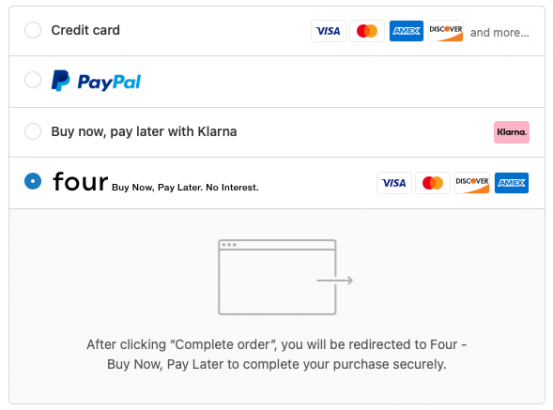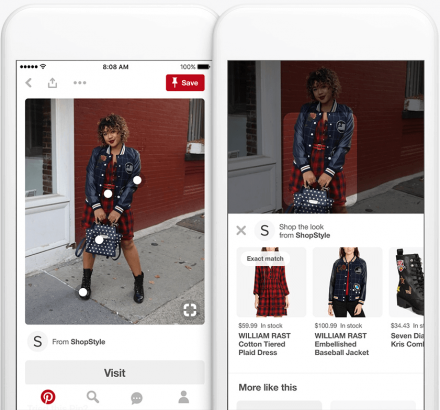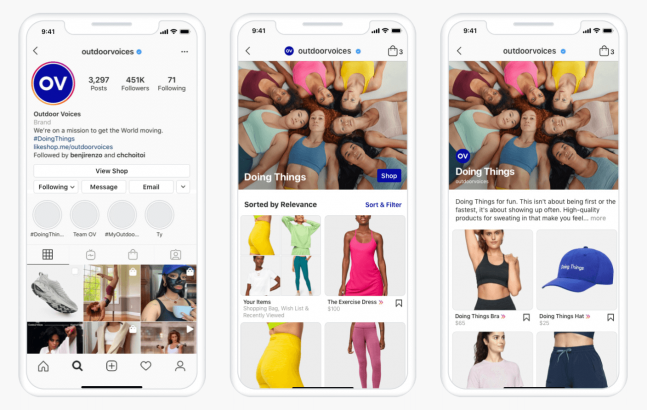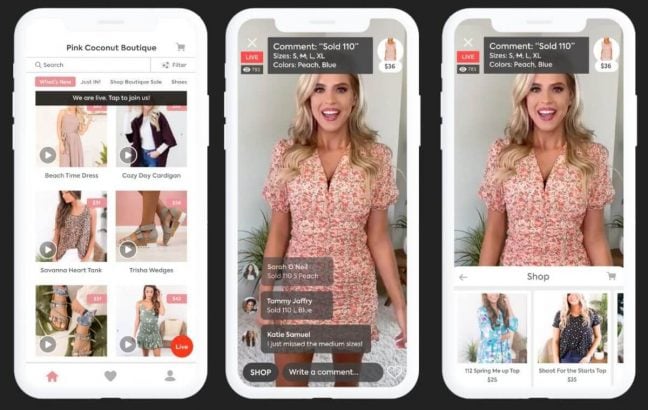The global e-commerce market was expected to be worth $5 trillion in 2021 and was further forecasted to hit $6.54 trillion or higher in 2022.
This explosive growth in e-commerce has also inspired many brick-and-mortar retailers to ramp up their online games, and this increased competition has led to many innovative trends. While online retail sales have never been better, e-commerce businesses must successfully adapt to these emerging e-commerce trends in 2022.
But what are the e-commerce trends for 2022? Well, here we are with our list of top 10 e-commerce trends for 2022 that are expected to impact this year and beyond significantly.
1. The Rise of Buy Now Pay Later (BNPL) Options

The BNPL model allows buyers to pay for their purchases in multiple installments over a certain period. Since the BNPL arrangement doesn’t typically accrue any interests, shoppers often prefer it over credit card payments.
Moreover, BNPL has emerged as an excellent way for brands to reduce their cart abandonment rate, boost order value size, drive sales, and speed up the checkout process. This is a significant reason why popular platforms like PayPal, Sezzle, Klarna, and Afterpay facilitate BNPL transactions.
2. Loyalty Programs

According to a study by YouGov, 68% of the shoppers in the U.S. like loyalty programs that reward them with personalized offers and discounts based on their purchase history. This encourages shoppers to make repeat purchases.
Loyalty programs play a vital role in driving sales for e-commerce brands by enhancing customer retention and improving the overall customer experience. Also, it provides them with valuable data about customer behavior and helps them with word-of-mouth sales promotion.
3. Sustainability
A 2021 survey by Stifel found that 71% of the U.S. shoppers in the 18-65 age group were immensely conscious about product sustainability. This means that they preferred brands that support environmentally-friendly practices and encourage eco-friendly shipping.
The two e-commerce giants, Apple and Amazon, are also heavily investing in sustainability. While Apple has reduced its carbon emission by 40% in the last five years, Amazon has created a $2 billion program called The Climate Pledge Fund that invests in companies to facilitate the transition to a low-carbon economy.
4. Metaverse and Other Gaming Platforms to Facilitate Sales

Although the concept of Metaverse is still in its nascent stages and is not quite ready for advertising, it represents a potent marketing channel for e-commerce brands. Global brands like Coca-Cola, Nike, Gucci, and Vans are already gearing up to treat their consumers with virtual products.
On the other hand, other gaming systems also open up their platforms to e-commerce brands. For example, leading fashion brand, Balenciaga has recently teamed up with Epic Games to launch its Fortnight clothing line. Similarly, Nike turned to Roblox to launch Nikeland to purchase virtual Nike gear for their gaming avatars.
5. B2B E-commerce to Get Stronger
While much of the attention has been focused on B2C e-commerce, 96% of B2B buyers who turned to online procurement during the pandemic said they would continue shopping online even after restored normalcy; Therefore, B2B e-commerce must not be neglected.
Also, B2B e-commerce will see more automation, including automated accounts payments and receipts, reordering, and fulfillment. Therefore, brands serving other businesses need to ensure that they use the latest technology to address and resolve their most significant pain points.
6. Video Marketing to Become a Potent Tool

A recent Moz research says that 67% of the consumers get influenced by video reviews. It makes perfect sense because product explainer videos and video testimonials take the guesswork from ordering a product that the buyer has never seen before.
Thus, investing in video marketing would allow brands to demonstrate social proof by displaying authentic customer reviews and drive easy and dynamic engagement. Also, it significantly reduces the chances of costly returns since customers know what they will be receiving.
7. Social Commerce

In 2020, social commerce generated around $30 billion in the U.S. alone. It involves selling products via different social media platforms in paid advertisements, short videos, and influencer marketing.
E-commerce platforms like Shopify are working towards helping their customers benefit from social commerce. Since social commerce also involves influencer marketing, it allows brands to attain social proof from them, which helps them drive sales subsequently.
8. Headless E-commerce
The headless e-commerce architecture provides e-commerce businesses with a high degree of flexibility to upgrade and customize their site without compromising its speed or efficiency. This means that companies have enough flexibility to quickly adapt to the changes taking place in the market in real-time with mobile backends and data structures.
Also, the headless commerce architecture helps businesses offer multi-platform shopping experiences through the best frontend tools for each platform and device.
9. Social Media Shopping

Almost half of the world’s population identifies itself as active social media platforms users, and roughly one-fourth of the global population uses social media to research products. This has created an ecosystem where shoppers can make purchases directly through social media platforms.
This way, users no longer need to be directed to an e-commerce portal to buy a product as the process has now been simplified to allow purchases directly on social media platforms.
10. Live Stream Shopping

Live stream shopping is a careful combination of home shopping TV, influencer marketing, and live video streaming content marketing. It involves live streams by influencers hired by e-commerce platforms to showcase the brand’s products. But that’s not all. Not only do they plug the products and offer links in the description, but some video streaming platforms even allow customers to purchase items directly via live stream.
Live stream shopping has been trendy in China, where live shopping sales are forecasted to reach $423 billion by 2022.
Bottom Line
While retail sales are undoubtedly amongst the oldest businesses globally with the same set of rules almost everywhere, the e-commerce industry is forever evolving. Therefore, it would be worthwhile to understand those trends and integrate those that fully complement your brand and business model.
Preparing yourself for these top e-commerce trends in 2022 could be a great way of bringing on your A-game. Take a free Wigzo trial to see how.













